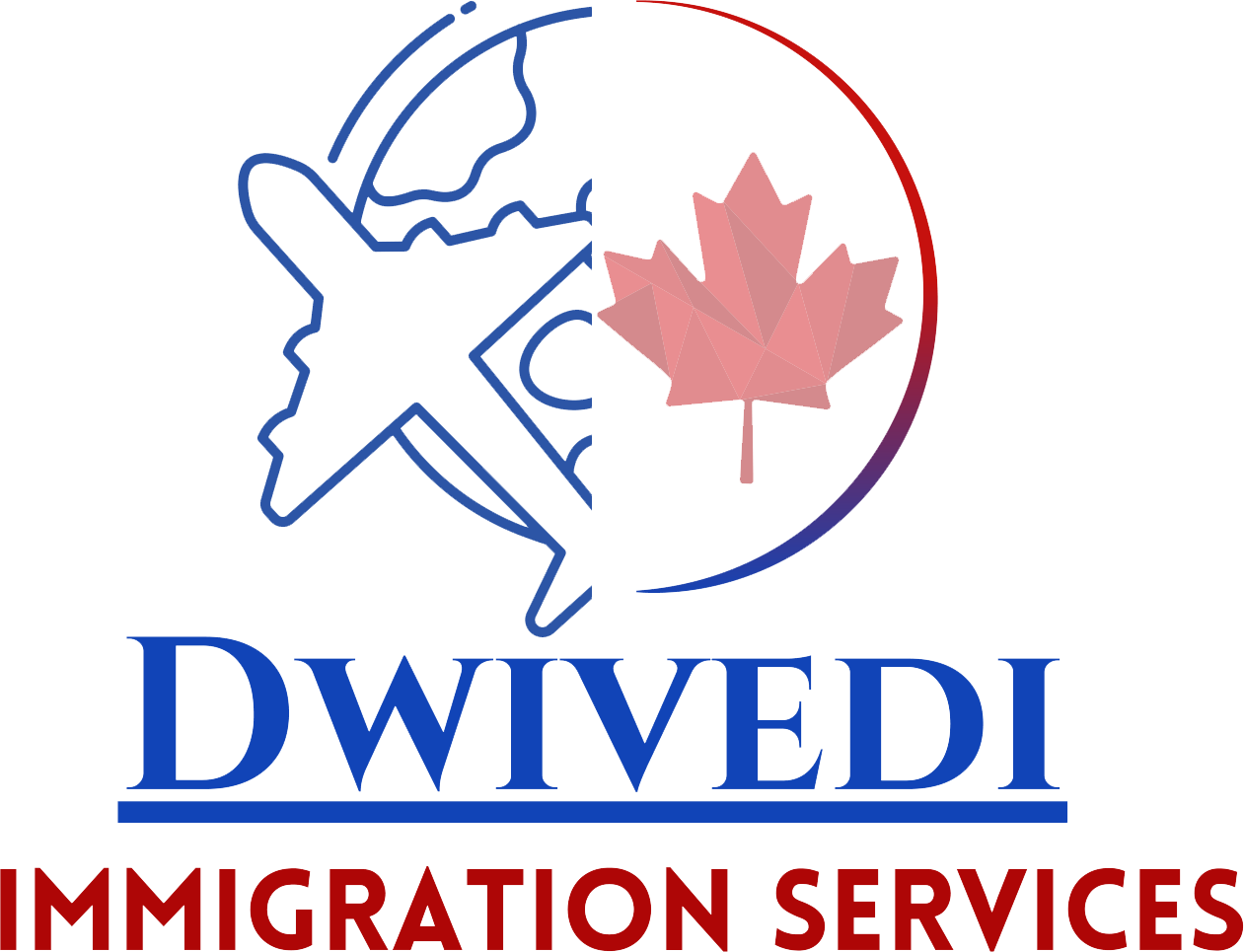- +1 647-507-5335
- devlegal21@gmail.com
- Unit D – 310 Painted post Drive, Scarborough, ON M1G 2M3
Removal order
Removal Orders are a critical component of Canadian immigration, serving to uphold the integrity of the system. Immigrants and their advocates must grasp the nuances and repercussions associated with these orders.
Types of Removal Orders:
Removal Orders come in three forms: Departure Orders, allowing voluntary exit within a specified timeframe; Exclusion Orders, imposing a ban on re-entry for a set period; and Deportation Orders, involving forced removal, often due to serious violations.
Grounds for Issuance:
Removal Orders can be issued for various reasons, including violation of immigration laws, overstaying authorized periods, misrepresentation, or involvement in criminal activities.
Appealing a Removal Order:
Individuals facing a Removal Order have the right to appeal to the Immigration Appeal Division (IAD). Seeking legal representation is advisable to navigate the complex appeal process successfully.
Consequences of Non-Compliance:
Failure to comply with a Removal Order can lead to severe consequences, including arrest, detention, and further legal action. It may also impact future attempts to enter Canada.
Humanitarian and Compassionate Considerations:
In some cases, individuals facing removal can apply for relief based on humanitarian and compassionate grounds. This involves demonstrating the significant impact of removal on personal circumstances.
Enforcement of Removal Orders:
The Canada Border Services Agency (CBSA) is responsible for enforcing Removal Orders. They may actively remove individuals or collaborate with other authorities to ensure compliance.
Stay of Removal:
Individuals facing removal can apply for a Stay of Removal in certain situations. This temporary measure, however, does not guarantee approval and only postpones the execution of the Removal Order.
A comprehensive understanding of Removal Orders is vital for those navigating the Canadian immigration system. Whether facing a Departure, Exclusion, or Deportation Order, seeking professional guidance and exploring legal avenues is crucial for a fair and just resolution. Staying informed about the process is key to navigating the complexities of immigration law in Canada.
